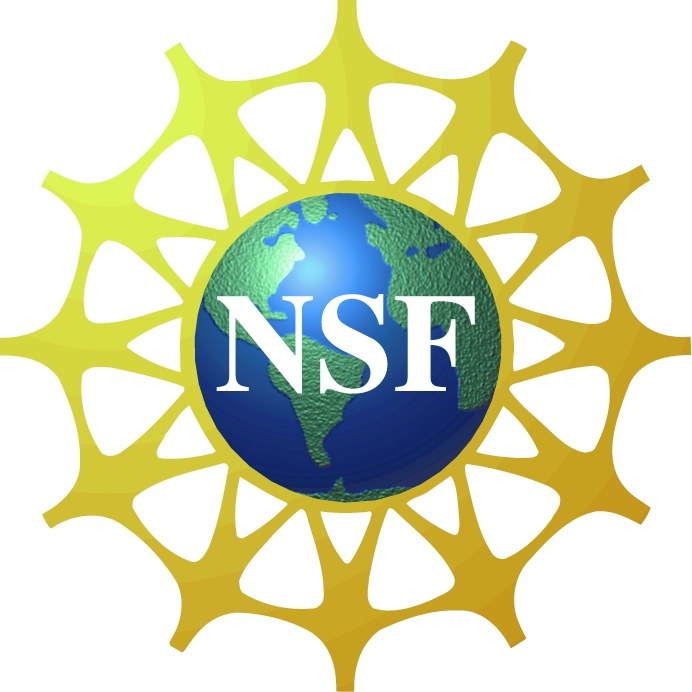

Wireless data traffic is expected to increase exponentially over the next decade. This is because of the dramatic growth in the number of wirelessly connected devices as well as emerging applications that rely on wireless communication such as wirelessly connected vehicles, aerial drones, and virtual or augmented reality headsets. In order to meet this massive demand in wireless capacity, the wireless industry is moving to next generation technology that will use millimeter-wave (mmWave) frequencies to communicate with mobile clients. However, mmWave systems cannot quickly adapt the links to user mobility. MmWave signals are also susceptible to blockages, e.g., the human body alone can significantly weaken the wireless signal. MmWave networks finally raise additional cost challenges as network operators need to deploy a high number of mmWave cells to ensure sufficient coverage. The objective of this project is to design full-duplex mmWave radios and develop new communication algorithms and network architectures to address mmWave’s mobility, blockages, and cost challenges. The findings from this project will be integrated into an education plan that emphasizes the role of wireless communication and networking in emerging Internet based technologies. This plan includes new courses for undergraduate and graduate students as well as internship opportunities and educational workshops for high school students and underrepresented populations. The project will result in developing and prototyping new radios, communication algorithms, and network architectures that enable and support full-duplex in mmWave bands. The first thrust will develop new beamforming architectures to enable mmWave full-duplex radios. The second thrust will result in new control channel designs and feedback mechanisms to quickly adapt the links to mobility. The third research thrust will result in new network deployment architectures and multi-connectivity solutions that increase robustness of mmWave networks to blockages and reduce the cost of network deployment. Each of these research thrusts will be evaluated through theoretical analysis, simulations with standardized models, and implementation on programmable hardware with mmWave radios. This award reflects NSF's statutory mission and has been deemed worthy of support through evaluation using the Foundation's intellectual merit and broader impacts review criteria.
This project is funded by NSF grant CNS-1942305: CAREER: Design, Analysis and application of MmWave Full Duplex Wireless
We are grateful to the National Science Foundation, CISE program managers, and CNS reviewers for funding our research and giving us feedback to enhance the outcomes of the project.